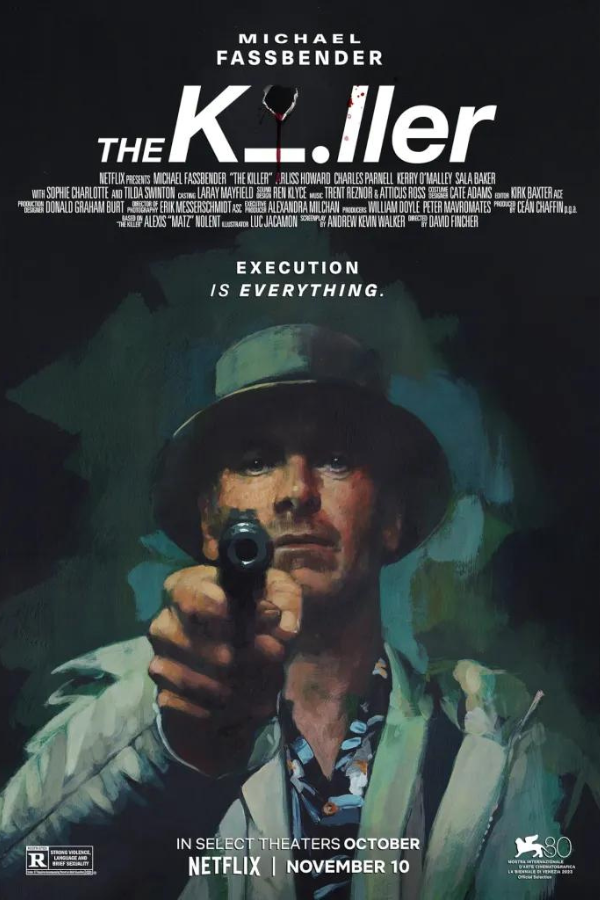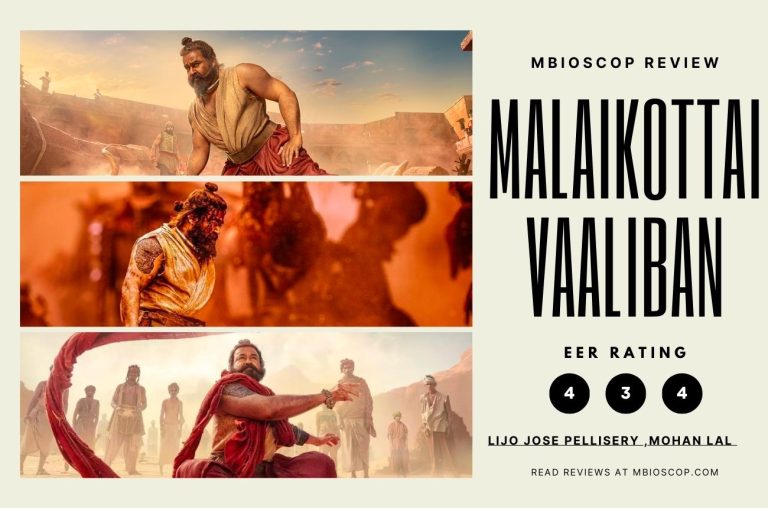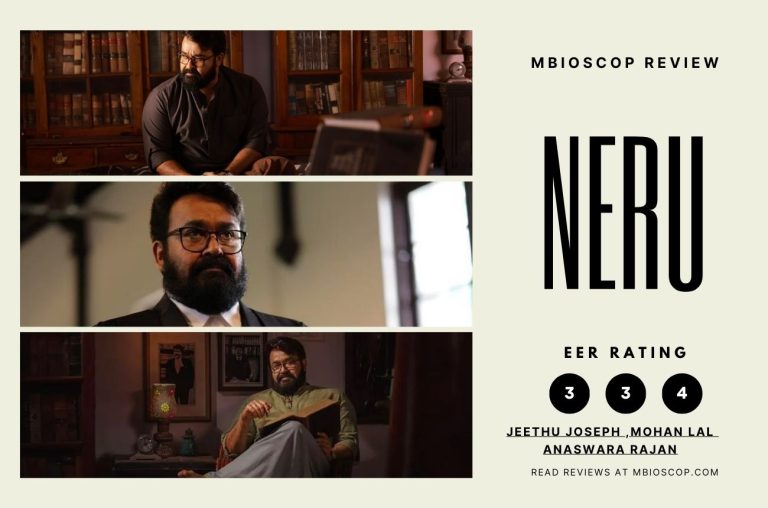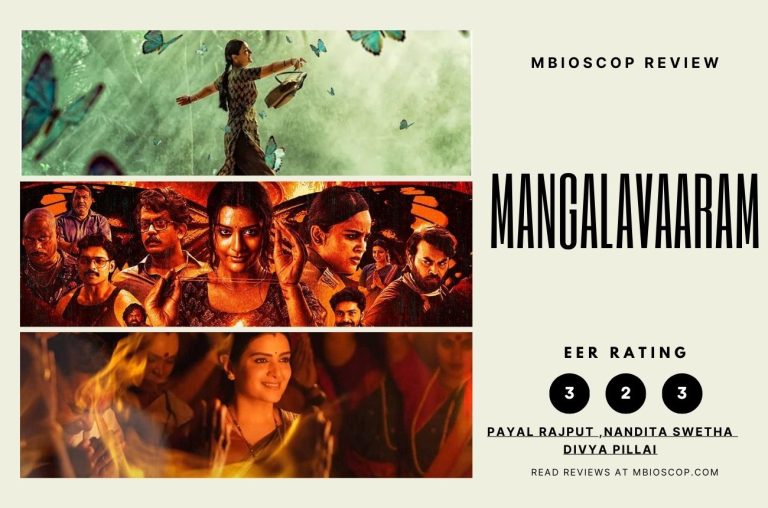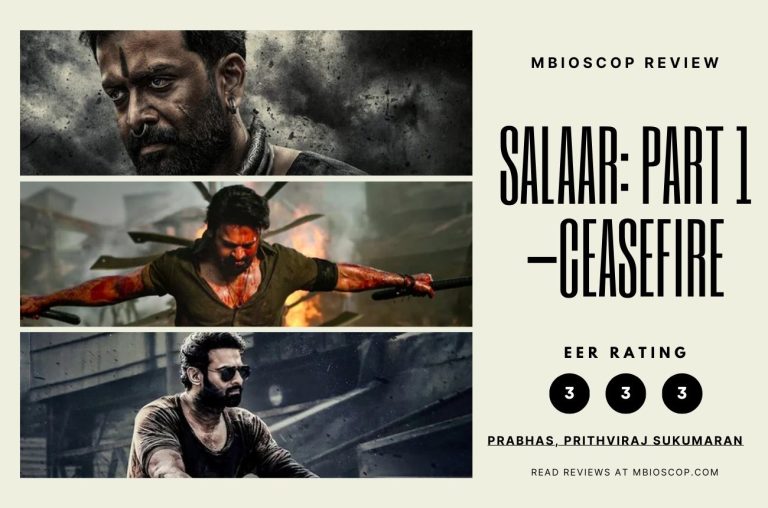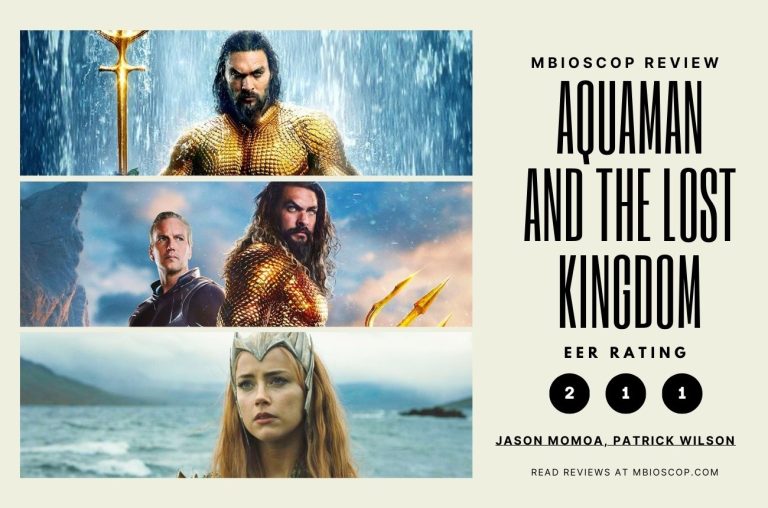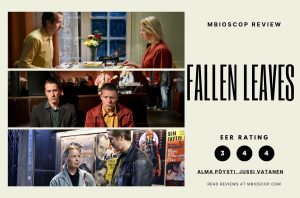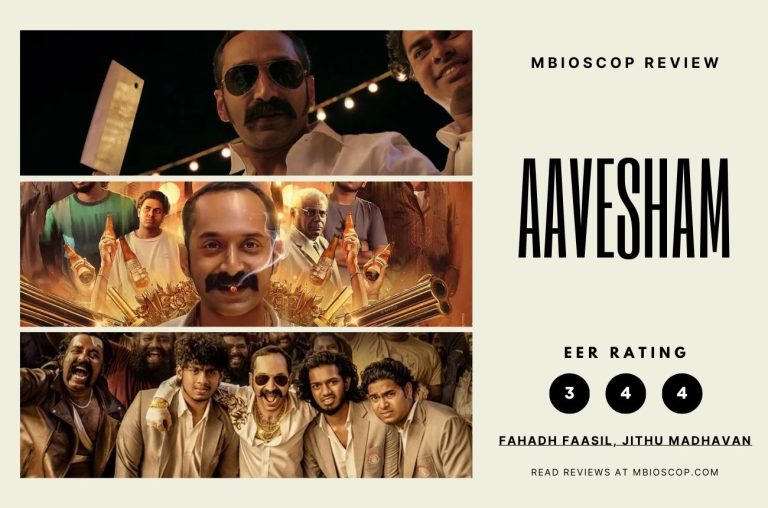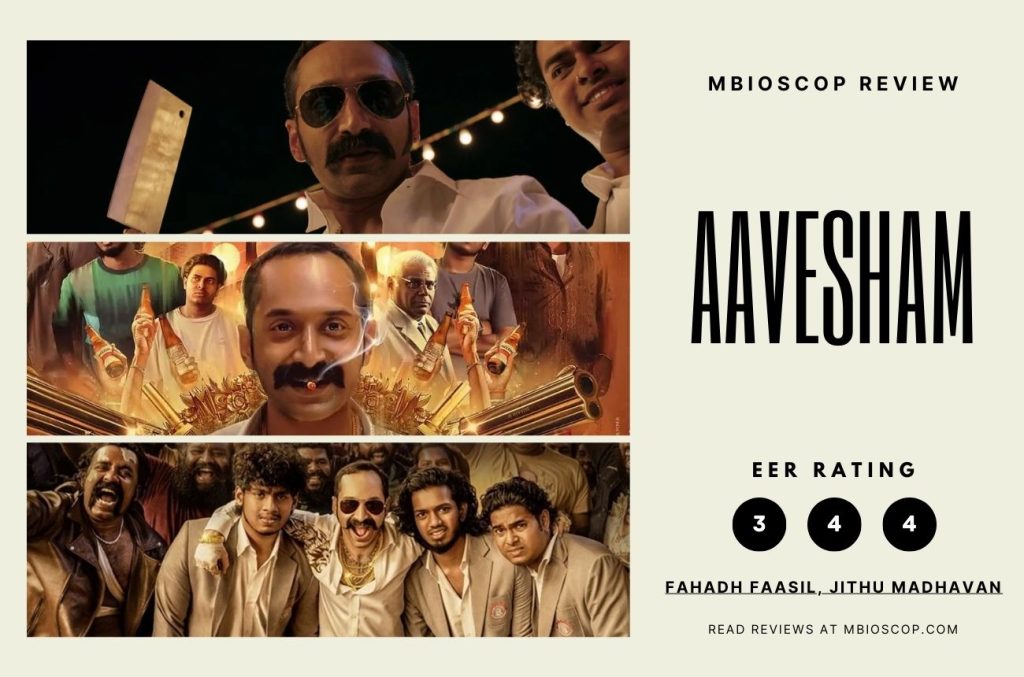David Fincher, the acclaimed filmmaker known for his intricate exploration of morally grey characters, once again delves into the American thriller genre with “The Killer.” This collaboration with Se7en screenwriter Andrew Kevin Walker loosely adapts Alexis “Matz” Nolent and Luc Jacamon’s graphic novel series of the same name. Starring Michael Fassbender as a nameless hitman, the film unfolds as a character study within the dark and morally complex world of a professional assassin.
Setting the Stage: Fincher’s Obsession with Morally Ambiguous Characters
David Fincher has carved a niche for himself as a chronicler of characters existing in moral shades of gray, if not outright moral bankruptcy. From the cult classic “Fight Club” to the psychological thriller “Gone Girl,” Fincher’s filmography is replete with narratives that explore the intricacies of the human psyche, often navigating the blurred line between good and evil. This thematic underpinning serves as a guiding light throughout his filmmaking career, attracting audiences with its compelling portrayal of characters that are simultaneously captivating and repulsive.
Fincher’s mastery of the American thriller genre is evident in films like “Se7en” and “Zodiac,” where he skillfully weaves suspenseful narratives that keep audiences on the edge of their seats. The anticipation for his return to the genre is heightened, especially considering the uncertainty surrounding the future of his Netflix series “Mindhunter.”
The Killer Unleashed: A Synopsis
Enter “The Killer,” a film that marks Fincher’s reunion with Se7en screenwriter Andrew Kevin Walker. Loosely adapted from the graphic novel series by Matz and Jacamon, the narrative introduces us to a nameless hitman portrayed by Michael Fassbender. The character takes pride in his success rate and professionalism, establishing himself as a formidable force in the world of contract killing.
As the story unfolds, we find the hitman stationed in Paris, holed up in an unoccupied WeWork office on a stake-out mission. The film opens with the protagonist’s detached reflection on his occupation, reminiscent of the iconic monologues from characters like Patrick Bateman in “American Psycho” or The Narrator in “Fight Club.” “Popeye the Sailor said it best,” he notes, “‘I am what I am.'”
The hitman’s daily routine is a juxtaposition of the mundane and the lethal. From light yoga to a quick McDonald’s meal, punctuated by a soundtrack of The Smiths on his iPod, the character navigates his existence with an air of detached efficiency. His preferred disguise as a German tourist adds a layer of anonymity, emphasizing his desire to remain unnoticed in the crowded streets of Paris.
Unraveling the Enigma: The Killer’s Philosophy and Methods
The hitman’s character is shrouded in mystery, and his dialogues reveal a penchant for speaking in quotations, pop culture references, mantras, and clichés. One recurring theme is the mantra, “Do what thou wilt shall be the whole of the Law,” attributed to the occultist Aleister Crowley. This phrase becomes a lens through which we glimpse the protagonist’s perspective on his actions—a manifestation of his true purpose.
For the hitman, killing is not a passionate pursuit but a compulsive act, likened to breathing. His actions lack the satisfaction that often accompanies a job well done; instead, they are mechanical, following a set of strict rules. These rules, ingrained in his professional ethos, include maxims like “Stick to the plan,” “Trust no one,” “Forgo empathy,” “Anticipate, don’t improvise,” and “Fight only the battle you’re paid to fight.” These principles have served him well, providing a sense of order in the chaotic world he inhabits.
However, a sudden twist in one of his assignments disrupts this order, turning the hitman into the hunted. The stakes are raised, and someone he cares about becomes collateral damage. It is at this juncture that the rigid adherence to his established rules is tested, and the possibility of bending or breaking them looms large.
Behind the Lens: Fincher’s Cinematic Mastery
In collaboration with cinematographer Erik Messerschmidt, who previously worked with Fincher on “Mindhunter” and “Mank,” “The Killer” is visually crafted to present the hitman as a cog in a well-oiled machine. Until a critical moment, he remains just a face in the crowd, seamlessly blending into the anonymity of the urban landscape. The film consciously resists leaning too heavily into the noir aesthetic, steering clear of direct comparisons to Fincher’s earlier works.
The opening sequence, a hallmark of Fincher’s directorial prowess, builds tension as the audience patiently waits for the hitman to take the shot. While not as brutal as some of Fincher’s previous films, a standout fight scene adds a chaotic realism that distinguishes itself from the choreographed nature often associated with such sequences. The film’s portrayal of “wet work” – a term referring to covert, usually deadly, operations – dispels the glamorous facade often attributed to hitmen in popular media. Instead, it highlights the mundane aspects: the waiting, the convenience food, and the inevitable aftermath that requires meticulous cleanup.
Fassbender’s Cold Precision: The Protagonist’s Portrayal
At the heart of “The Killer” is Michael Fassbender’s portrayal of the enigmatic hitman. Fassbender, a seasoned actor, delivers a performance that embodies the character’s dry sense of humor and detached professionalism. Despite being a seasoned professional, the hitman finds himself in an extraordinary run of bad luck, a fact that adds an element of entertainment as he repeatedly attempts to extricate himself from new predicaments.
The character’s sociopathic traits are subtly revealed through his peculiarities, such as an obsession with Morrissey and an unconventional way of eating a McGriddle without the bun. Fassbender’s cold and indifferent gaze, reminiscent of a shark in a bucket hat, adds to the unsettling aura surrounding the protagonist. The juxtaposition of the hitman’s meticulous planning with his casual indulgence in pop culture creates a multi-dimensional character that intrigues and disturbs in equal measure.
A Simplified Arc: From Graphic Novel to Screen
Matz and Jacamon’s graphic novel series provided ample space for a far-reaching narrative, exploring the psychological toll of a lifetime of solitude and bloodshed on an assassin. However, the transition to a two-hour cinematic format necessitated a streamlined approach. “The Killer” opts for a more familiar revenge arc, wherein the protagonist seeks to tie up loose ends, paving the way for a well-deserved retirement.
While the plot may not carry the ambitious complexity seen in Fincher’s earlier works like “Zodiac” or “The Girl With the Dragon Tattoo,” it remains an engaging narrative that serves as a character study. The film raises fascinating questions about a man who, despite his verbosity, reveals very little about himself. The cryptic and evasive nature of the protagonist lingers in the minds of the audience, inviting contemplation on the lasting impact of a life steeped in blood.
Conclusion: The Lingering Puzzle
In the grand tapestry of David Fincher’s cinematic legacy, “The Killer” emerges as a captivating addition. It navigates the familiar terrain of a hitman’s world while offering a fresh perspective that resists easy categorization. The film’s success lies in its ability

